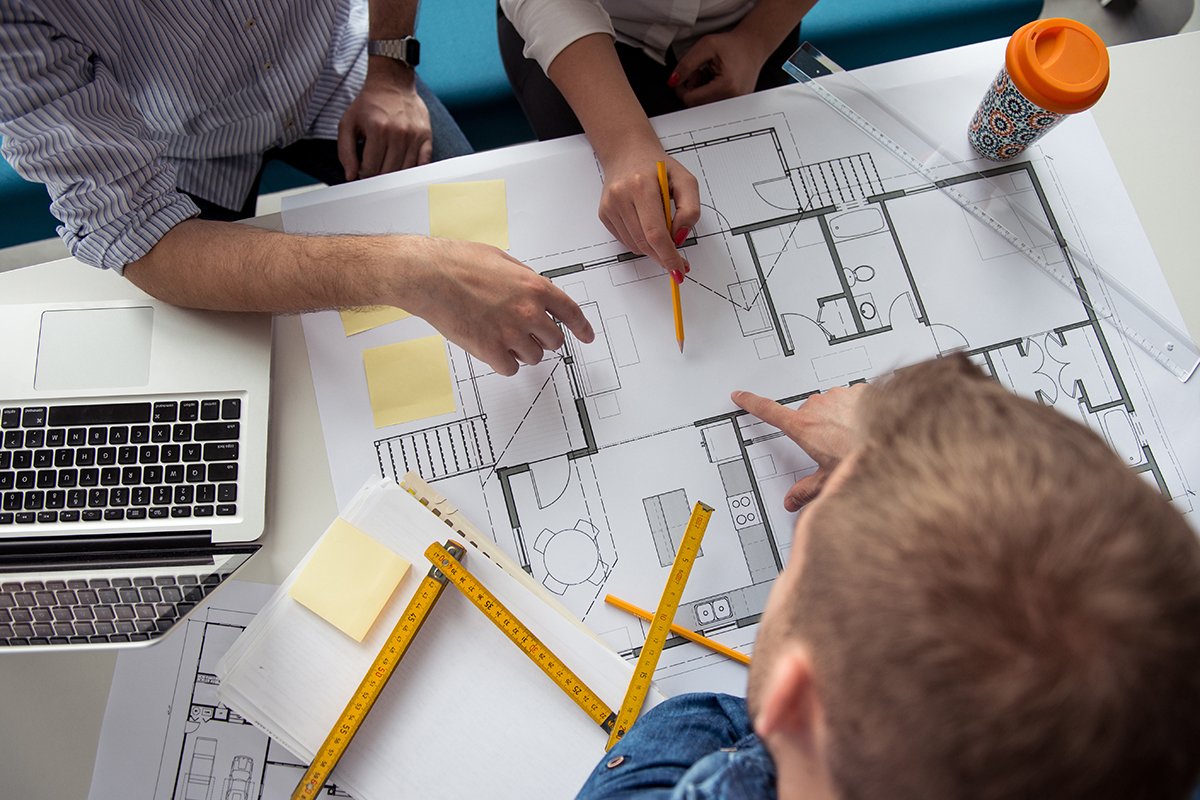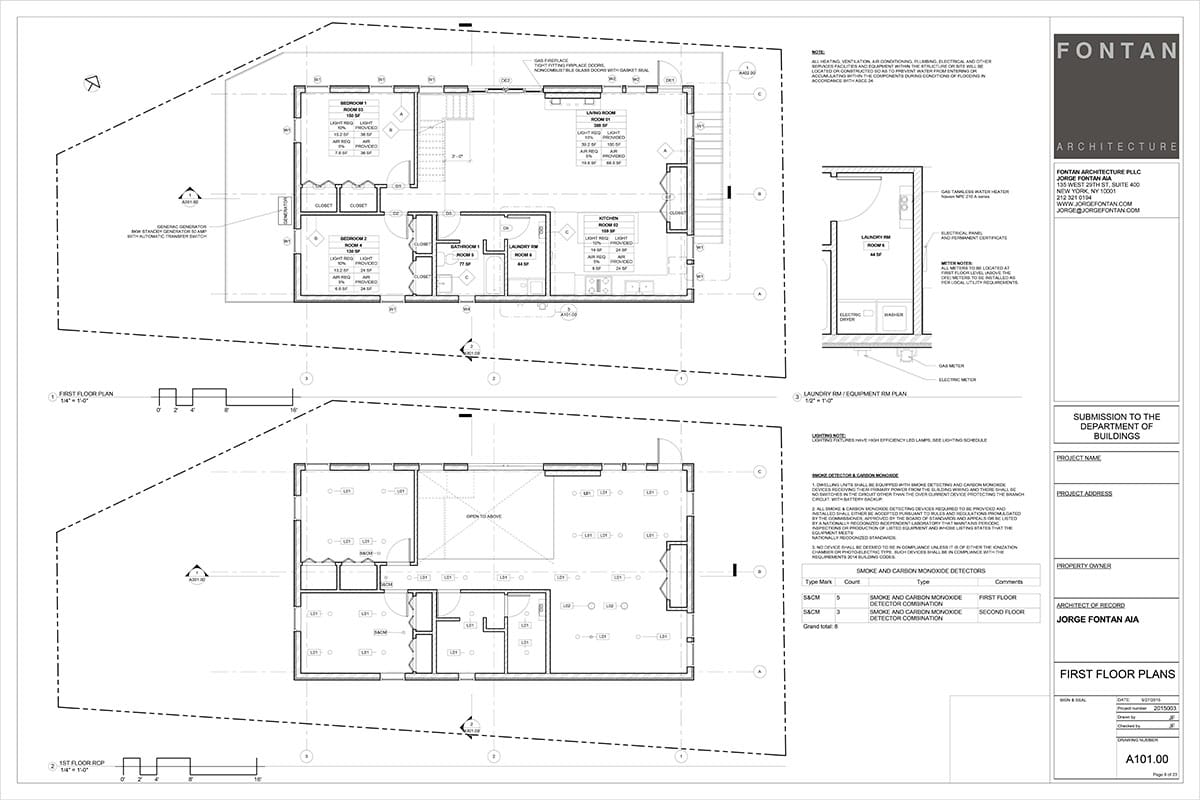Discover Ingenious Designs with Leading CDA Architects for Your Next Project
Discover Ingenious Designs with Leading CDA Architects for Your Next Project
Blog Article
A Detailed Review of Building Designs and Their Impact on Modern City Preparation and Advancement
Building designs have actually long acted as a mirror to the social values and technological innovations of their time, playing a crucial role in shaping modern city preparation and advancement. From the splendour of Neoclassicism to the utilitarian method of Brutalism, each style has presented one-of-a-kind ideas that affect metropolitan appearances and capability. As modern challenges arise, including sustainability and area demands, recognizing these historical frameworks comes to be crucial. The resulting discussion not only notifies future style methods but also elevates significant questions regarding the balance in between heritage and advancement in our developing urban landscapes.
Historical Review of Architectural Designs
Throughout background, architectural designs have evolved in action to social, technological, and environmental aspects. Each period reflects the prevailing worths, beliefs, and improvements of its time, leading to an abundant tapestry of design that symbolizes human imagination and adjustment. The ancient human beings, such as the Egyptians and Greeks, established fundamental styles that highlighted symmetry and proportion, offering both functional and aesthetic functions.
As cultures transitioned via the Middle Ages, Gothic architecture emerged, defined by its verticality and detailed describing, mirroring the spiritual goals of the age. The Renaissance marked a revival of timeless perfects, combining art and architecture in cutting-edge ways that influenced subsequent styles across Europe.
The Industrial Transformation presented brand-new products and building strategies, motivating activities like Innovation, which tested traditional forms and accepted simplicity and performance. The 20th century saw a diversification of styles, with Postmodernism reacting against the plain minimalism of its predecessor, integrating historical recommendations and eclectic aspects.
Today, architectural styles remain to develop, driven by globalization and sustainability issues, showing a dynamic interplay between heritage and innovation. This historical summary underscores the importance of architecture as a mirror of societal evolution and as a catalyst for metropolitan advancement.
Secret Architectural Styles Explained
The diversity of building designs shows the myriad influences that shape our built setting, each symbolizing distinctive attributes and cultural significances. Trick building designs include Timeless, Gothic, Baroque, Innovation, and Postmodernism, each representing distinct historical contexts and visual ideologies.
Classic architecture, rooted in old Greece and Rome, highlights symmetry, percentage, and the use of columns. In comparison, Gothic design, thriving in the center Ages, is defined by sharp arches, ribbed safes, and flying buttresses, producing an ethereal high quality in sanctuaries. Baroque design, arising in the 17th century, is marked by magnificence, elaborate decoration, and a dynamic interaction of light and shadow.

Understanding these styles gives insight into the cultural narratives and technological advancements of their respective eras, highlighting just how style offers not simply as a shelter, yet as a representation of social worths and aspirations.
Effect On Urban Preparation
In shaping the development of cities, building styles substantially influence city planning choices. The choice of architectural design often determines the aesthetic appeals, functionality, and total character of metropolitan environments.
Additionally, building styles can influence zoning regulations and land utilize plans. Urban planners need to consider the dominating architectural patterns when designing districts, making certain that new advancements balance with existing frameworks. This consideration promotes cohesive city landscapes and enhances neighborhood identification.
The implementation of specific building styles can likewise influence socioeconomic aspects within a city. For instance, high-end modern layouts might attract wealthy locals and companies, causing gentrification, while extra cost effective real estate solutions may focus on sensible and sustainable styles to suit varied populaces. Ultimately, the interplay between building designs and urban preparation produces vibrant cities that reflect both historical context and contemporary requirements, shaping the lived experiences of their residents.
Sustainability and Modern Style
Building styles play an essential duty in resolving modern obstacles, specifically in the world of sustainability. As metropolitan areas increase and ecological concerns magnify, modern style significantly welcomes sustainable layout concepts that prioritize power effectiveness, resource preservation, and very little ecological influence.
Contemporary architectural movements, such as biophilic layout and eco-friendly architecture, supporter for structures that integrate with their surroundings, utilizing all-natural materials and advertising biodiversity - cda architects. These styles usually integrate renewable resource sources, such as solar panels and wind generators, to lower dependence on nonrenewable fuel sources and lower carbon impacts
Moreover, the integration of innovative technologies, such as smart building systems, boosts energy management, enhancing resource usage while guaranteeing passenger comfort. Cutting-edge water management methods, including rain harvesting and greywater recycling, additional add to sustainable urban atmospheres.
Notably, sustainability extends past ecological issues; it incorporates social and economic dimensions too. By cultivating community well-being and promoting inclusivity, contemporary building designs line up with lasting development goals. Subsequently, the evolution of architectural methods proceeds to form resilient cities that not only satisfy the requirements of the existing yet additionally safeguard the future for generations to come.
Community Engagement in Design
Community interaction in style functions as an essential bridge in between engineers and the populaces they offer, making sure that the constructed environment reflects the demands and ambitions of its users. This collective procedure invites area participants to add their insights and preferences, cultivating a feeling of possession and obligation toward the areas they populate.
Reliable area interaction utilizes various methods, such as workshops, studies, and public discussion forums, to collect diverse perspectives (cda architects). These methods facilitate a two-way dialogue, permitting engineers to recognize regional contexts while empowering residents to articulate their issues and desires. This inclusivity not just improves the design more tips here high quality but likewise promotes social equity by dealing with the unique obstacles dealt with by marginalized groups

Conclusion
Architectural styles have exceptionally influenced contemporary city planning and advancement, showing progressing social and technical contexts. The combination of historical aesthetics with contemporary needs promotes metropolitan atmospheres that prioritize sustainability and community engagement. As cities remain to expand and adjust, the continuous dialogue between architectural heritage and modern-day layout concepts will certainly stay vital in producing inclusive, vibrant rooms that boost lifestyle and promote social equity. The future of urban growth joints on this my response unified balance. this content
Report this page